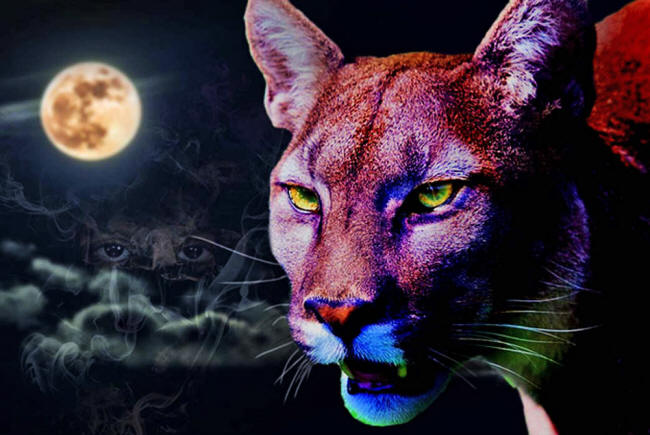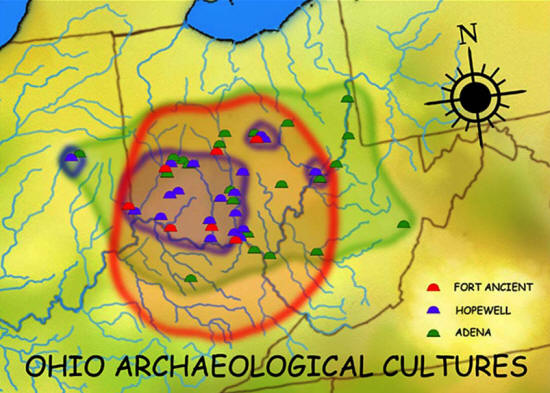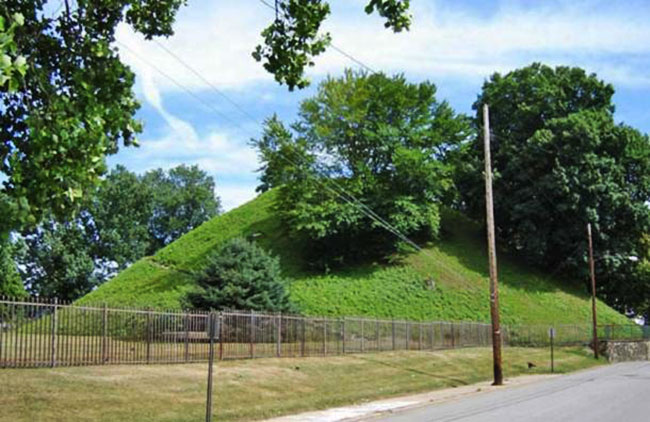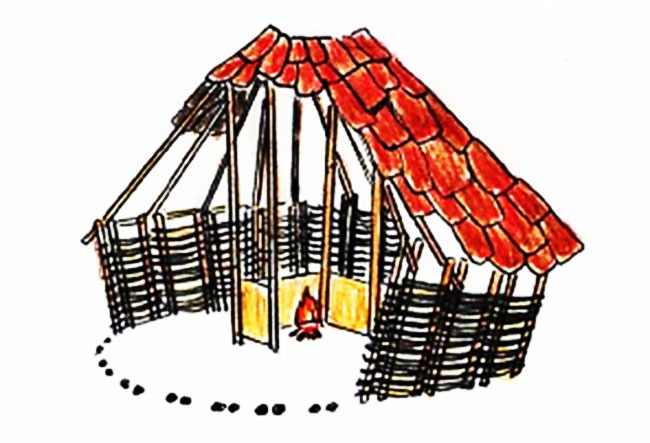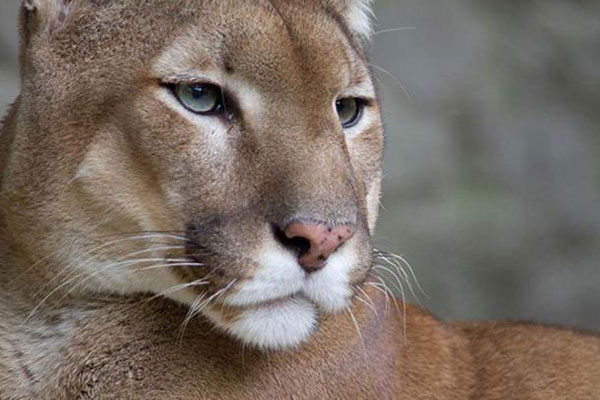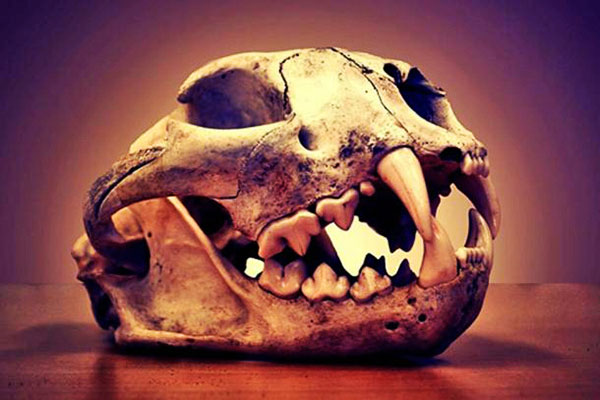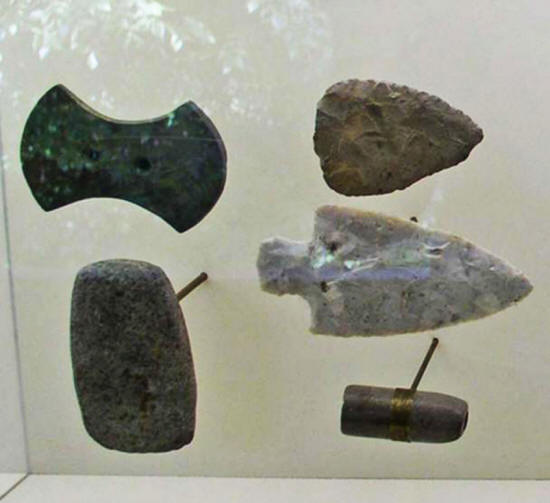|
from
Ancient-Origins Website
Adena people built conical burial mounds ranging from a few inches to nearly 70 feet (21 meters) high, as well as ceremonial enclosures consisting of earthen banks with interior ditches flanking the interior of the walls.
The enclosures were
usually circular in shape with an average diameter of around 200
feet (61 meters), but Adena also built numerous rectangular or
squared earthworks.
Artifacts found with the Adena dead include,
Adena
Indian Mound 100 BC -500 AD.
A sketch of a timber Adena house. (CC BY-SA 3.0)
The burial was of a ruggedly built 35-40-year-old male, 5.5 feet (165 cm) in height.
Two large mica sheets had
been placed beneath the skull, and on each side of the jaw were two
parts of the jaw of a puma.
(Bas
Lammers/ CC BY 2.0 )
A series of mica
crescents were placed at the feet of the burial, along with three
separate lumps of pigment - one white, another orange-brown, and the
last of red ocher.
He interpreted the puma jaws to be parts of a mask and the mica crescents to have originally been decorations attached to a leather cloak or cape, and these articles together were considered the costume of a "puma man" shaman.
Above the shaman, the
bones of a 20-year-old female - thought by Webb to have been a
daughter and/or "magician’s assistant" of the shaman - were found,
possibly a sacrificial burial.
(Public
Domain)
found at a mound site. Representational image.
(Heironymous
Rowe / CC BY-SA 3.0 )
Wolves, Cougars, and Bears
At the Ayers Mound in Owen County, Kentucky, the remains of a "rather large, rugged man" were found wrapped in a leather shroud or cloak and placed in a bark-lined tomb on a burned clay surface.
Beneath the lower jaw and partially in the mouth cavity was the jaw of a wolf, cut into a spatula shape.
Studies of the skull
established that the upper lateral and medial incisor teeth of the
individual had been removed before death, and Webb and Baby
concluded that the modification was made for the use of the wolf jaw
spatula as a mask in shamanistic ceremonial.
|


